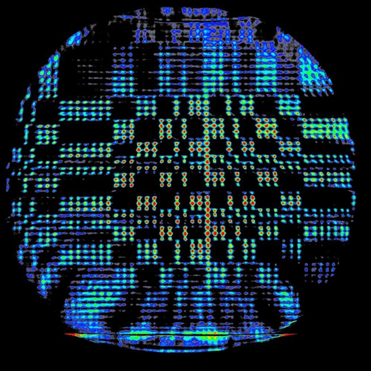
From the stars to the Lilliputian — a new camera lens using the power of reflection has the potential to transform neutron imaging.
Wolter optics, named after German physicist Hans Wolter, is based on a combination of mirrors acting as lenses to create a telescope of sorts. For two decades, the Marshall Space Flight Center for the National Aeronautics and Space Administration (NASA) has developed these magnifying instruments for both its X-ray astronomy missions and laboratory imaging needs.
Now, we want to apply this space-age method to our neutron beams. Scientists aim neutrons at objects to learn about their properties and produce images of them.
Together with NASA and the Massachusetts Institute of Technology, NIST researchers are developing the first high spatial resolution neutron microscope based on Wolter optics.
Here’s what our design, if successfully implemented, can provide:
- Time resolution: We can reduce how long it takes to render a 3D image with a 10,000x increase in flux, shortening the process from multiple days to mere minutes. This opens up opportunities to see how things change due to temperature, pressure, magnetic fields and more.
- Spatial resolution: In order to capture a sharp neutron image, we no longer need to place a sample in direct contact with our camera. That means we can place samples inside bulky exteriors (cryostats, magnets, furnaces, etc.) without needing to adjust so the detector is close enough to the sample.
With these improvements and an expected boost in the signal rate, this could be a game changer in neutron imaging. Stay tuned, since we’re projecting the completion of the microscope optics in 2022.
Until then, take a look at our project page for more details.
Follow us on social media for more like this from all across NIST!

